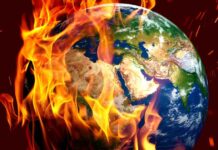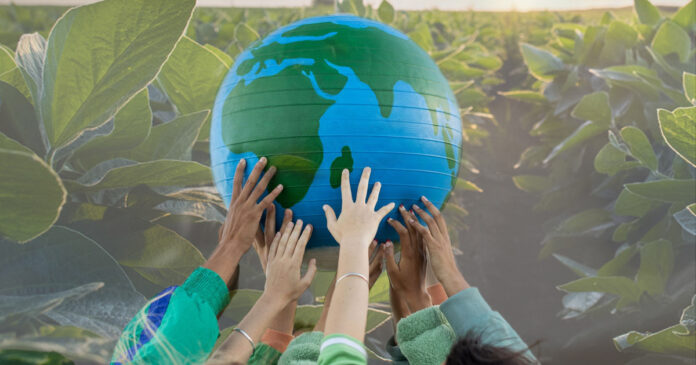As Earth Day 2025 arrives, it’s time to confront an undeniable truth: our planet is increasingly overwhelmed by natural disasters and human actions have a significant hand in their intensification.
On April 17, 2025, Pakistan was hit by an unusual and ominous double strike; a destructive hailstorm in Islamabad and mild earthquake tremors across multiple regions. This tragedy is more than just a coincidence; it is a glaring reminder that the climate crisis is not just about rising temperatures and melting ice—it’s about a rapidly destabilising planet that is now showing its fury in unpredictable ways.
They’re warnings, and we’re running out of time to respond.
Is Nature Furious?
These occurrences are not merely extreme weather events; they are the direct consequence of a warming planet. This strange confluence of storms and seismic activity highlights the urgent need to reassess our relationship with nature.
While many might see these events as simply “bad luck,” there’s a deeper, more troubling reality. The science is clear: climate change is driving extreme weather and may even be influencing geological activity.
Yes, earthquakes are primarily caused by tectonic shifts, but the environmental stress caused by deforestation, water scarcity, and rising temperatures can aggravate these geological processes.

Climate Change: The Reason Behind the Disasters
The rising frequency of extreme weather is a direct consequence of the changing climate. Global warming has caused shifts in atmospheric pressure, moisture levels, and wind patterns, creating the perfect conditions for freak hailstorms to form where they were once rare.
But let’s take this a step further: the climate crisis doesn’t only influence atmospheric conditions, it also exacerbates the impact of natural disasters. As temperatures rise, glaciers melt, rivers swell and ecosystems become unstable. Hence a highly volatile environment is created in which natural systems are more prone to failure.
Why Earth Day Should be a Call to Action, Not Just Reflection
On this Earth Day, we must confront the reality that climate change is not some distant threat—it is here, and it is intensifying the frequency of natural disasters. We are not just facing rising sea levels or dangerous heatwaves; we are witnessing a convergence of catastrophes through storms and earthquakes, floods and wildfires, landslides and droughts.
Read More: The Vital Signs are Failing: Is Earth Dying?
We cannot afford to ignore the warning signs any longer. While hailstorms and earthquakes may seem disconnected at first glance, their increasing frequency is a testament to how deeply the planet’s natural systems are being altered by our actions. From deforestation to carbon emissions, every facet of our destructive footprint has a role to play in these disasters.
Strong Action Must Be Taken
Earth Day should not just be about commemorating the Earth—we must use it as a rallying cry for urgent action. The clock is ticking. As we continue to push the planet’s ecosystems beyond their breaking points, we can expect more of these deadly, unpredictable “double strikes.”
Here is what needs to be done (if we truly want these unpredictable natural disasters to stop):
- Stop treating climate change like a future problem. It’s present tense.
- Hold polluters accountable. Corporate greenwashing and empty pledges aren’t enough.
- Prioritise renewable energy—and make it resilient. We can’t afford fragile solutions.
- Demand stronger climate policies. Our government works for us.
We’re not just celebrating Earth today—we’re fighting for it. And if you’re not angry, you’re not paying attention.
This Earth Day, let’s pledge to confront the climate crisis head on. Words are not enough, it’s time for tangible action. The planet’s warning bells are ringing louder than ever and it’s high time that we listen.
Stay tuned to Brandsynario for the latest news and updates.





































